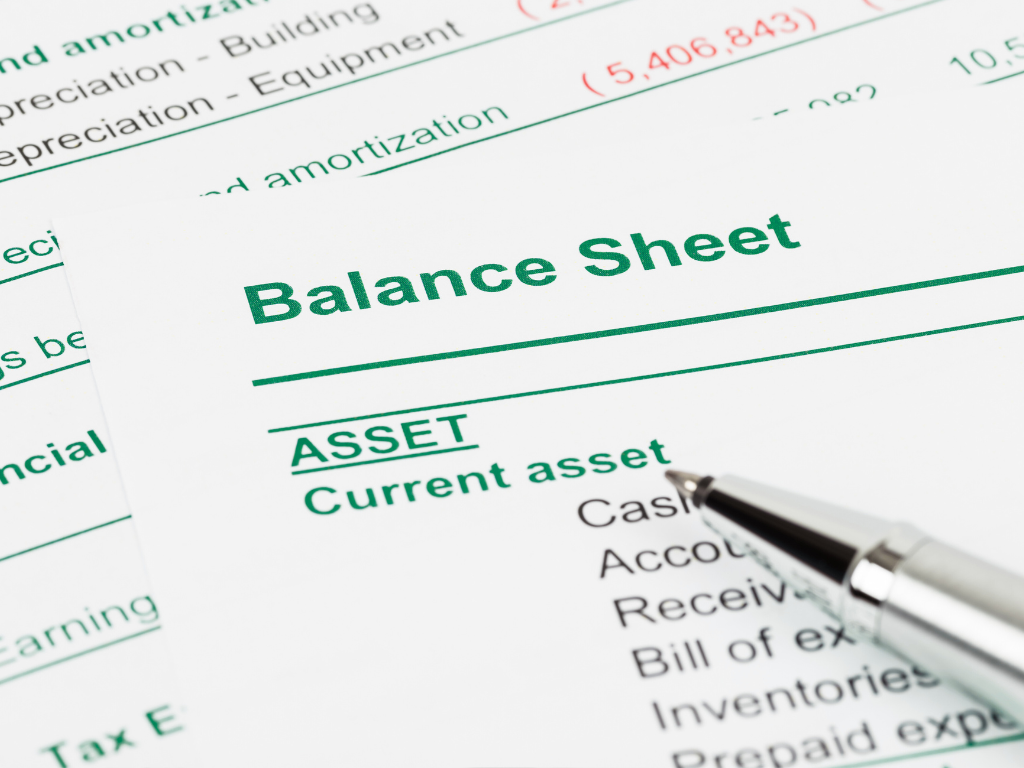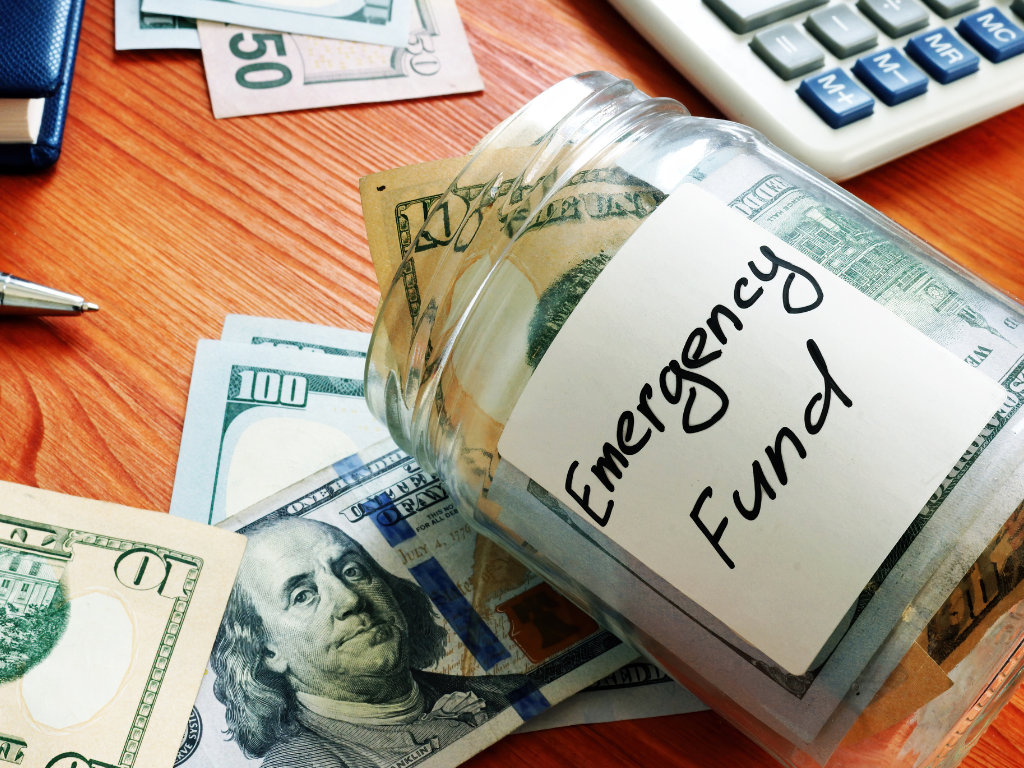From Super Bowl commercials to teenage NFT millionaires — and even Elon Musk’s support of the dog meme-inspired currency Dogecoin — cryptoassets have been making a play for mainstream acceptance.
By the end of 2021, the global cryptocurrency market was worth more than $3 trillion, up from $14 billion just five years earlier. About 16% of U.S. adults — approximately 40 million people — have invested in, traded, or used cryptocurrency, according to a White House analysis of findings by The Pew Research Center. And more than 100 countries are exploring or piloting Central Bank Digital Currencies (CBDCs), a digital form of a country’s sovereign currency.
Cryptoassets have been taking off so quickly that President Biden signed an executive order in March outlining a government approach to address the risks and harness the benefits of cryptocurrency while urging the research and development of a U.S. Central Digital Bank Currency.
Yet, for all the attention cryptoassets are receiving, many business leaders are still trying to understand what they are, how they work, and the pros and cons of using them.
What Are Cryptoassets?
Cryptocurrency is any type of digital or virtual currency that uses encryption to secure and verify transactions. What sets cryptocurrencies apart from traditional forms of currency is that they rely on a decentralized, unregulated system to issue them and record transactions.
This means these currencies not controlled by a central issuing authority such as a bank or regulatory authority like the federal government. As a result, cryptoassets can avoid government manipulation or intervention.
Types of cryptoassets include:
- Currency: This is the most common type of digital asset, with examples including Bitcoin and Ethereum.
- NFTs: Non-fungible tokens, or NFTs, are created from digital objects representing tangible and intangible items such as graphic art, collectibles, music, and avatars. Whereas other cryptocurrencies can be traded for one another, NFTs are not equal to one another and therefore cannot be exchanged.
- DeFi: Decentralized financial services that use smart contracts to allow for decentralized trading, borrowing, and lending.
How Do Cryptoassets Work?
Instead of relying on banks, cryptoassets leverage decentralized networks based on blockchain technology for distribution. Blockchain is a distributed public ledger that records all digital and virtual transactions.
Since cryptoassets are not tangible, people who posses them instead own a key — a secret, randomly generated number with hundreds of digits — that allows them to move cryptoassets from one entity to another without the intervention of a financial institution.
What Are the Pros, Cons of Cryptoassets?
Decentralization is one of the key selling points of cryptoassets. Because developers control who use them, they aren’t beholden to regulatory and government controls and interventions. That means there isn’t one entity that can dictate the currency’s value and distribution.
Other benefits include:
- Secure, fast transactions: Cryptoassets use encryption methods with advanced coding to transmit payments and verify transactions, making it a more secure form of currency for businesses to use. Transactions are also much quicker, which can help businesses with cash flow.
- Low or no fees: Transaction fees can eat into a company’s profits. With cryptoassets, transaction fees are a fraction of what a company might pay to make traditional transactions. Some cryptoassets companies don’t even charge fees.
- Competitive advantage: As cryptoassets become more widely used, more customers are demanding the availability of this payment option. Businesses that accept cryptoassets can gain an edge over competitors that don’t.
- Inflation prevention: Whereas traditional currency can lose value, cryptocurrencies are issued in predetermined quantities to prevent inflation.
As with anything, there are also some drawbacks, the least of which is cryptoassets being unprotected. Although cryptoassets proponents prefer the currency because of its lack of government control, that same lack of regulation puts cryptoassets owners at risk of tremendous losses. There is no FDIC protection for cryptocurrency, nor is there a way to safeguard digital assets if a tech issue wipes out your transaction records. Insurance policies are available, but ultimately, it’s up to a business to protect itself against losses.
Other concerns include:
- Attracts illegal activity: Since cryptocurrency users can remain anonymous, it is harder for authorities to track down users conducting illegal activities such as scams and drug deals.
- Market is volatile: Compared to the stock market, the crypto market can rise and fall dramatically – and with little warning. It can be difficult for the layperson to anticipate which way the market will go.
- Vulnerable to hackers: Although encryption protects cryptocurrencies themselves, the exchanges where they’re traded are more easily accessible to hackers who can steal users’ personal information and access their accounts.
- Complex to set up: Before your business can make cryptoasset transactions, it’s necessary to set up crypto payment options by creating a wallet for your business or using a third-party exchange service.
Cryptoassets are still in their infancy, and business leaders who may want to use them are learning as they go. If you’re trying to wrap your head around cryptoassets, our team of professionals can help your business navigate this new form of currency.
Treasury Circular 230 Disclosure
Unless expressly stated otherwise, any federal tax advice contained in this communication is not intended or written to be used, and cannot be used or relied upon, for the purpose of avoiding penalties under the Internal Revenue Code, or for promoting, marketing, or recommending any transaction or matter addressed herein.
 Home
Home Sign In
Sign In Make a Payment
Make a Payment Search
Search











